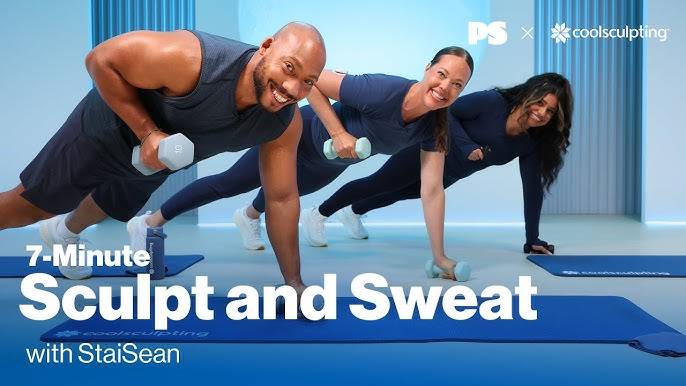Working out for 30 minutes every day “might not be enough” to counter the health issues created by prolonged sitting, said the author of a sweeping new study Are you an active couch potato? Take this two-question quiz to find out: Did you work out for 30 minutes today? Did you spend the rest of the day staring at your computer and then settle in front of the television at night?
If you answered yes to both questions, then you meet the definition of what scientists call “an active couch potato.” It means that, despite your commitment to exercise, you could be at risk for a variety of health problems, according to a sweeping new study of how people move — or don’t move — throughout the day.
The study, which involved more than 3,700 men and women in Finland, found that many dutifully exercised for a half-hour, but then sat, almost nonstop, for another 10, 11 or even 12 hours a day. These were the study’s active couch potatoes, and their blood sugar, cholesterol and body fat all were elevated. But the study found, too, that men and women who got up and moved around even a little more often, whether by strolling gently or fitting in more exercise, were substantially healthier than the active couch potatoes. The results tell us that a single 30-minute, daily workout “might not be enough” to alleviate the downsides of prolonged sitting, said Vahid Farrahi, a postdoctoral scientist at the University of Oulu and lead author of the new study. In other words, if we exercise but also sit for the rest of the day, it’s almost as if we had not worked out at all. The good news is that a few simple steps — literal and otherwise — should safeguard us from becoming an active sofa spud. The perils of being sedentary The World Health Organization and other experts advise us to work out moderately for a minimum of 30 minutes most days of the week. A brisk walk counts as moderate exercise.
Substantial scientific evidence shows this half-hour of exertion buoys our health, spirits and life span. The problem is how we spend the remaining 23½ hours a day.
“It’s only in the last five years or so that we’ve begun to understand that physical activity isn’t the whole story,” said Raija Korpelainen, a professor of health exercise at the University of Oulu in Finland and co-author of the new study.
Super short workouts can be surprisingly effective
In the past, most research examined sitting and exercise separately, and tended to ignore or downplay light activities such as ambling to the mailbox or fetching another cup of coffee. So, for the new study, which was published in July in Medicine & Science in Sports & Exercise, Korpelainen and her co-authors turned to a large trove of data about almost every child born in Northern Finland decades ago. As they grew, researchers tracked their lives and health and, after the group became adults, asked 3,702 of them to wear a scientific-grade activity tracker for at least a week. The researchers could see, in six-second increments, whether someone was sitting, lightly strolling or formally exercising throughout the day. Because the trackers were measuring movement, standing counted as inactivity, like sitting. With that data, they characterized people, rather bluntly, by how they moved. The active couch potatoes, who accounted for almost a third of the group, sat the most, lounging for more than 10 hours a day. They met recommended exercise guidelines — getting about 30 daily minutes of moderate exercise. But after that, they rarely got up, accumulating fewer than 220 minutes a day of light movement. Another group likewise worked out for 30 minutes and sat for long hours. But, in between, they rose often and strolled about. Compared with the active couch potatoes, they spent about 40 percent more time — nearly an extra 90 minutes each day — in what the researchers call “light activity.” A third group sat, uninterrupted, for up to 10 hours, but also amassed about an hour of exercise most days. The final group, which the researchers rightly dubbed “the movers,” did just that, exercising about an hour most days, while also moving lightly for about two hours more than the active couch potato group. When the researchers cross-checked these groups against people’s current health data, the active couch potatoes had the worst blood sugar control, body fat percentage and cholesterol profiles. The other groups were all better off and to about the same extent, with relatively improved blood sugar control and cholesterol levels and about 8 percent less body fat than the active couch potatoes, even when the researchers controlled for income, smoking, sleep habits and other factors. The lesson from the research is that in addition to a brisk workout, we need to move lightly and often, cleaning, taking the stairs, strolling the halls or otherwise not remaining still. The sweet spot in this study involved about 80 or 90 extra minutes of light activity, “but any additional movement should be beneficial,” Farrahi said.




